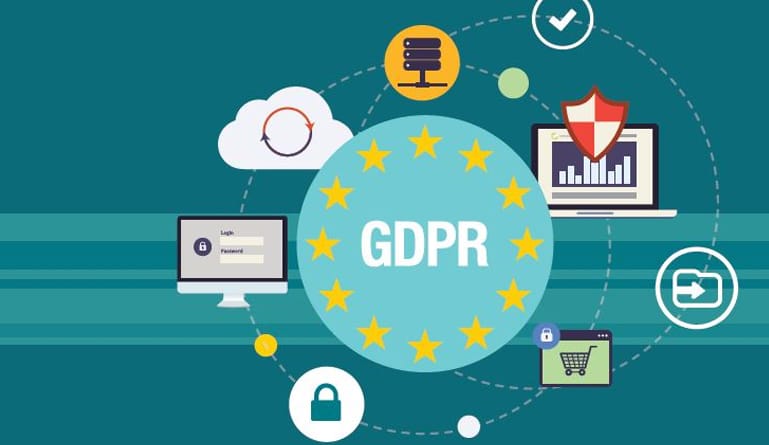Can email campaigns still be successful with new GDPR guidelines?
GDPR guidelines will change how you run email and marketing campaigns – here’s what to know.
As of May 2018, GDPR guidelines will be in effect for all businesses with any customers in the EU. GDPR, or the General Data Protection Regulation, changes some of the ways that businesses are permitted to interact with customers and restricts what kind of data companies can collect from customers. This European Union-wide regulation was put in place to help customers have more control over what information companies can collect and allow consumers to ultimately have more control of their personal data.
To be completely compliant in the EU, companies need to ensure that their information storage protocols are up-to-date to avoid data breaches, as well as, making sure that the lists they have that contain customer information, like names and email addresses, have customer permission to be used. Essentially, customers need to re-opt into your email lists and other communications. Some companies worry that asking customers to re-opt into communications will cause many customers to unsubscribe and companies will lose that contact.
It’s still possible to run a successful marketing and communication campaigns under GDPR though. The first thing you’ll need to do is run a GDPR re-permissioning campaign to existing contacts to make sure you have current permission to collect and use their data to contact them. Here are some ways to do that without losing valuable information and alienating users.
Consider Your Language
One way to ensure a more successful GDPR re-permissioning campaign is to word your email in a way that makes it less likely that users will unsubscribe. Some marketing experts recommend wording the request in a way that highlights the opt-out option less and suggests sending an email that requests an update to customer information, with clear language that states how the information will be used.
Emphasize Trust
Using a list of GDPR existing customers, you can send out a re-permissioning campaign communication that specifically outlines why you’re reaching out, with additional verbiage around privacy protection, data security, and what your company is doing to adhere to new regulations and comply with all privacy laws. You should also make your privacy policy easy to find on your website so that customers can have a readily available resource to answer their customer data questions in the future. This can help build trust with your customers, making them more likely to stay on board with company communications.
Don’t Just Use Email
When it comes to maintaining customer information lists, it’s important to use all channels available to you to run your GDPR campaign. Phone calls, social media, and digital ads can all be perspective places to secure customer permission. Anywhere you’ve ever thought to gather customer information and demographic data before is a good place to gain attention for getting new permissions from existing customers.
GDPR permissions are a crucial part of companies being able to do business internationally and continue having a global outreach and presence. A GDPR re-permissioning campaign can be stressful, but it doesn’t have to cause panic. It’s a necessary step to make sure you are both legally compliant and still in contact with your customers.





